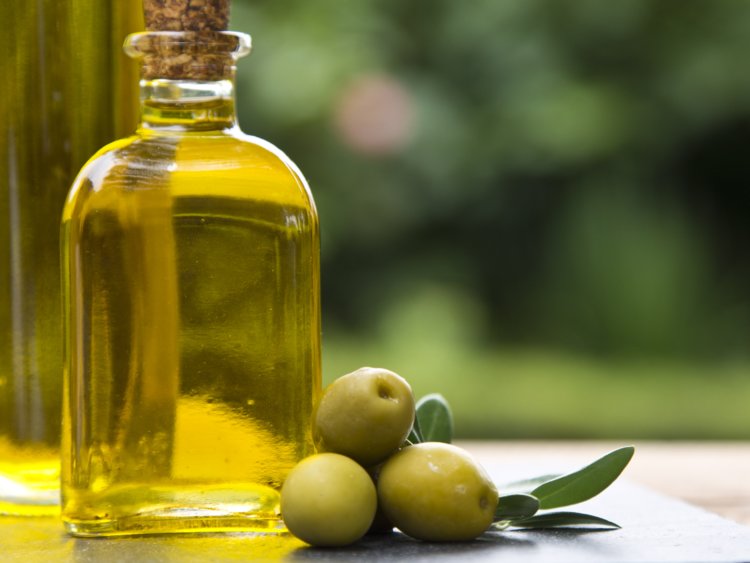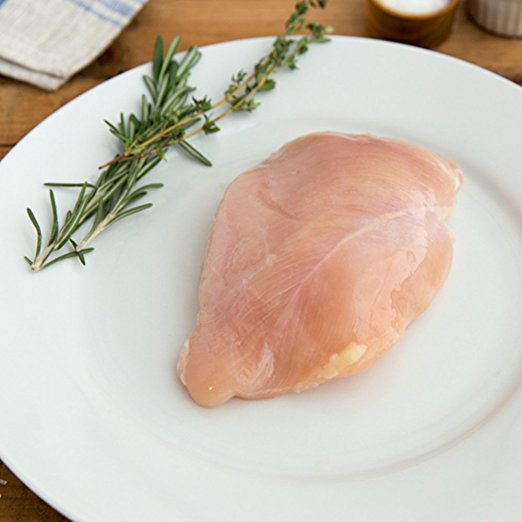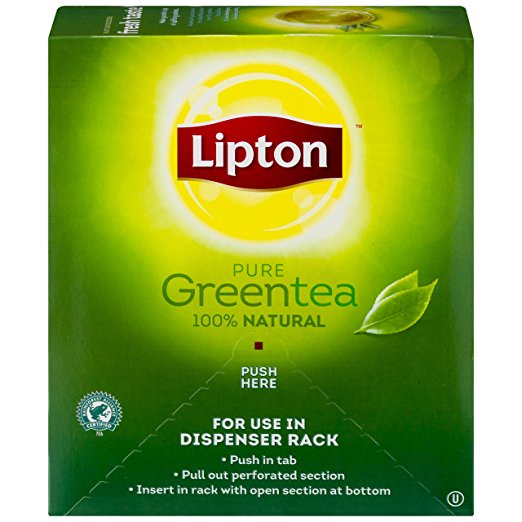Types of Olive Oil
Cold pressed olive oil is the healthiest of all cooking oils. There are so many varieties and qualities of olive oil that purchasing the correct oil can seem intimidating. Understanding the process by which olive oil is made will help a person to select the best possible oil for his or her purposes.
Olive trees are grown in many countries of the world, but the majority of olive oil is produced in Spain, Greece, Italy or Tunisia. The Mediterranean region supplies about 98% of the world’s olive oil. The harvesting of olives for oil is done in stages, and these stages represent the type of olive oil produced.
The most valuable and sought-after type of olive oil is called extra virgin olive oil or EVOO. The olives are collected from the olive trees prior to ripening. These olives are green in color and are harvested in the early to mid fall. The title of virgin comes from the fact that no chemical processes are used when producing the olive oil. Extra virgin olive oil must not exceed an acid content of about 0.8%.
The oil is clear or extremely light green in color and should be entirely free from impurities when viewed through glass. Extra virgin olive oil must only be obtained through cold pressing methods. This means that the oil has never been heated during production. Heating olive oil to a high temperature can cause the loss of vitamin E and prophenols which reduces the value of the oil.
Extra virgin olive oil is the best quality of oil that can be purchased for any purpose. This oil tends to be the most expensive, but the health values are well worth the added cost. Extra virgin olive oil can be used in any type of cooking including deep frying. Olive oil of this quality can be reused many times before it becomes damaged by heat.
Virgin olive oil is the next step when looking at olive oil types. Virgin olive oil is remarkably similar to extra virgin olive oil, but the acid content can be up to 1.5%. Acidity in olive oil causes subtle flavor variations and the lower the acid content, the more flavorful the oil is for cooking.
Virgin olive oil must also be cold pressed and generally comes from a second harvesting of olives. These olives are riper than the first harvest. They are dark green or purple in color creating a darker oil than extra virgin olive oil.
Pure olive oil is another type of oil which is popular for cooking. Pure olive oil has lost the virgin title because the oil is refined with chemical processes. This oil might have come from a second pressing of the original olive mash. Pure olive oil is sometimes extracted by heating the mash after an extraction of extra virgin olive oil. This heating process causes the flavor of the pure olive oil to be bland when compared to virgin oils.
Pure olive oil refers mainly to the fact that there are no other types of oil mixed with the olive oil during processing. This oil is the standard commercial grade olive oil used in many restaurants.
Refined olive oil is the oil created from the very last milling of olive paste. Refined olive oil has a high acid content of 3% or greater, and is not considered flavorful. Refined olive oil is the least desirable of the cold pressed oils.
Light and extra light olive oils are not considered a grade or quality of olive oil. The “light” term refers to the color of the oil rather than its calorie content. Both the light and extra light olive oils contain the same number of calories as any other olive oil.
These oils are chemically processed to create a lighter colored oil. Unfortunately, this is mostly a marketing tool and the oil does not have the quality of extra virgin olive oil. The light color of extra light olive oil is often mistaken for extra virgin olive oil, but the properties are decidedly different.
Infused olive oils are a fun way to add flavor to almost any food. Extra virgin olive oil can be infused with delicious flavors to create tasty salad dressings or sauces. Olive oil is often infused with pepper, lemon, garlic or basil. These flavor infusions allow the user to create a delicious taste while reducing the need to add salt and other spices to recipes. Many people infuse olive oils at home with their favorite spices.
Best Olive Oils For Cooking

















